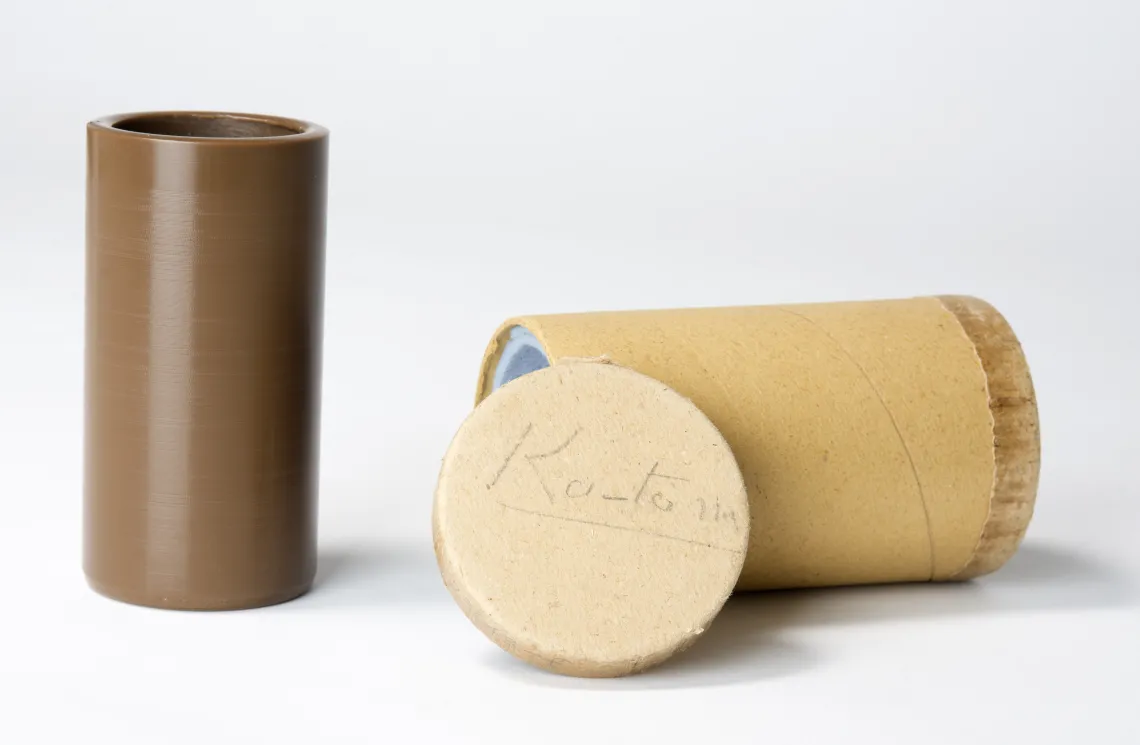
Wax Recording Cylinder of Native Music, ca. 1890s. Hopi or Zuni. Recorded by Jesse W. Fewkes at unknown location.
See more about this object and five other examples of ciphers below.
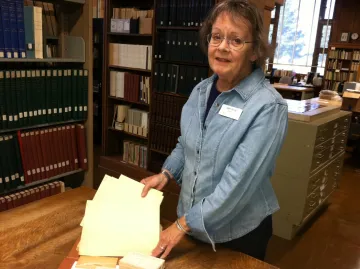
Text by Amy Rule, former ASM archivist, May 2014
What is a cipher?
It's an easy question to ask and a complicated one to answer. This exhibit features a variety of cipher-objects from the Arizona State Museum archives.
The dictionary provides a simple definition of a cipher as “a secret method of writing, as by code.” These hidden messages are all around us, in the pre-dawn singing of the mockingbird and even in the face of a clock. That dial could be a cipher to someone unfamiliar with the technology and the meaning of a circle of numbers.
Archaeologists have an especially deep interest in ciphers involving ideographs, knotted strings, notches in sticks, lost languages, and unreadable technologies. Scholars spend lifetimes studying Egyptian hieroglyphics, the Rosetta Stone, Sumerian cuneiform tablets, and Mayan codices. Always, the key is how to understand a language without a teacher.
Other examples of ciphers in archaeology and ethnology are useful to remind us that our own preconceptions and limitations keep us from an understanding of the larger world. The mystery of what we first think are ciphers can melt away with the addition of insight and knowledge so that an object takes on new significance for us.
Traditional Hawaiian quilt designs have private and allegorical meaning tied to the native culture and personal experience of the creator. The stories expressed in colors, natural forms, and echo stitching are clearly visible for all to see, but are generally forbidden from discussion, and can be interpreted only by those who can break the quilt’s code with their special knowledge.
“Eccentric marks” is the term used to describe isolated, unusual basketry stitches noticed by Western scholars in Western Apache coiled basketry made between 1880 and 1920. These have been studied and may be a signature of the maker, a break in the pattern traditionally believed to prevent blindness, or may be a prayer or charm. Even one tiny mark in a particular context of a basket can be a cipher.
Tohono O’odham calendar sticks do not share much information with the uninformed viewer. Although appearing to be simply smooth wooden branches with notches and painted symbols, they are in reality like a page richly inscribed with a shared history. Each stick is unique to the calendar stick keeper’s own historical narrative and contains the symbols of a spiritual presence in addition to the prompts for the keeper’s recitation of a series of historical events.
When Brooklyn College classics professor Alice E. Kober struggled alone in the 1940s to decipher an unknown Bronze Age script she used a sophisticated system of over one hundred thousand tiny pieces of paper in cardboard boxes to organize her analysis.Today, cryptographers have vast computing resources at their command as well as a world-wide community of experts and a scholarly bibliography going back centuries. In spite of this infrastructure, some ciphers remain topics of debate and discovery to this day.
The Voynich manuscript, for example, is a beautifully illustrated codex on vellum carbon-dated to the early 15th century. Alongside its bright, botanical and decorative paintings are lines of text in an unknown writing system. The 240 pages have been studied by American and British codebreakers, with no success. Fortunately, the manuscript was donated by Hans P. Kraus to Yale University’s Beinecke Rare Book and Manuscript Library in 1969. MS 408 can be studied as a digitized high-resolution copy on the institution's website, freely accessible to all amateur and professional codebreakers.
In literature, history, and music, ciphers show up in amazing variety. Sherlock Holmes deciphered a sequence of stick figures drawn on paper in Arthur Conan Doyle’s 1903 story “Mystery of the Dancing Men.” The famous Enigma machine decryption device allowed the Allies to read German secret messages during World War II. In all ciphers, breaking or translating the code depends on having unique, relevant knowledge or technology.
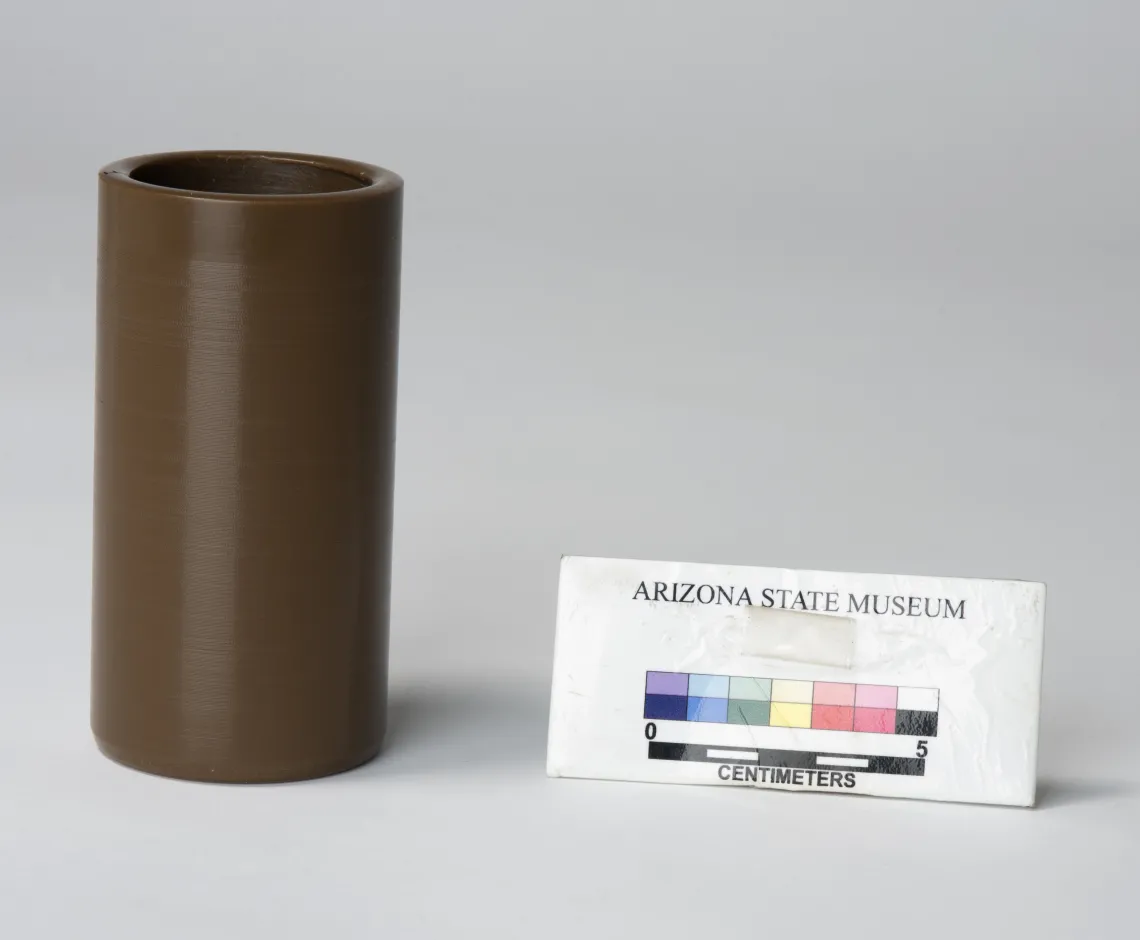
Wax Recording Cylinder of Native Music, ca. 1890s
Hopi or Zuni
Recorded by Jesse W. Fewkes at unknown location
Length: 4.1 in. (10.5 cm.), Diameter: 2.2 in. (5.5 cm.)
ASM Archives, Sound Recording Collection no. 23643-f
Wax recording cylinders, which came into use in the 1880s, were used by field anthropologists to record voices and music long before magnetic or electronic media. Because the information on the surface of the cylinder is invisible to the human eye and since we no longer have the technology to listen to the recordings, these strange wax tubes have become ciphers. ASM has a group of wax cylinder recordings made by Jesse W. Fewkes of Tohono O’odham, Navajo, Hopi, and Zuni songs, as well as performances by Anglo cowboys.
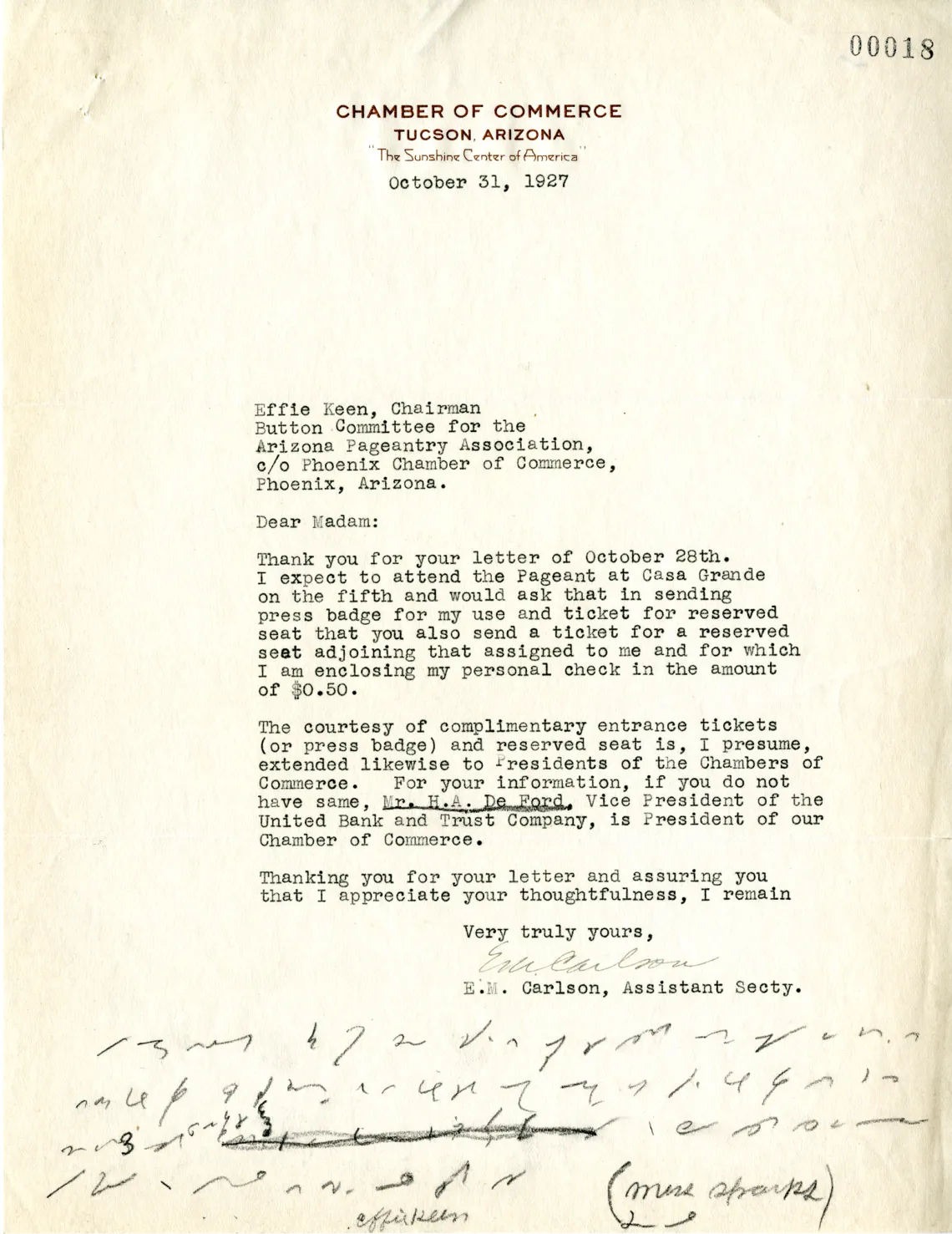
Letter from E. M. Carlson to E. Keen with shorthand annotation. ASM archives, small archive collection A-0248. Gregg shorthand, once a common system of quickly noting down spoken words and one of the essential skills of a secretary, has fallen into obscurity. Today very few know how to read or write shorthand. This 1927 letter with its penciled shorthand addendum is a cipher to most of us.

Postcard: Clay Model of Sheep's Liver. This tourist postcard shows a clay model of a sheep’s liver in the British Museum. The liver tablet was used by priests in southern Iraq ca. 1900–1600 BCE to interpret the natural blemishes (ciphers) on the liver of a freshly-butchered sheep. The cuneiform writing on the clay tablet guided the divination ceremony, but today the writing is another layer of cipher to all who cannot translate cuneiform.
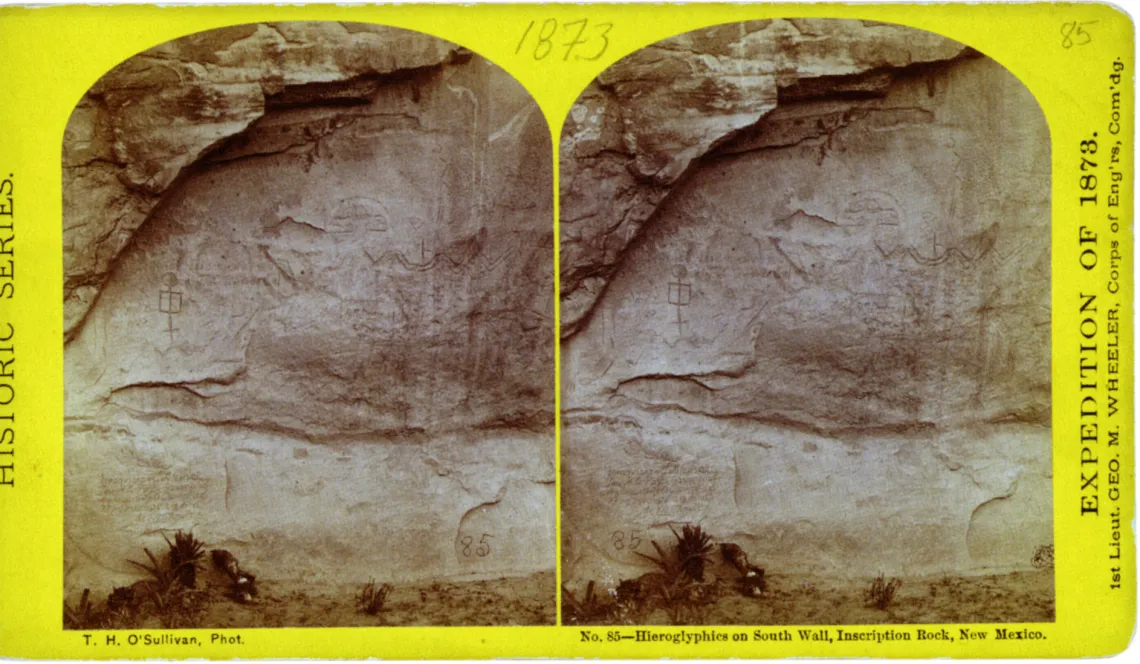
Stereograph “Hieroglyphics on South Wall, Inscription Rock, New Mexico.” Photographer: Timothy O’Sullivan, 1873. To the people of the Southwest who painted or carved designs onto rock surfaces, their meaning and intent were clear. But pictographs become ciphers, simply designs on rocks, to those of us who cannot interpret the message. Anglo explorers and surveyors crossing unknown territory in the nineteenth century compared the mysterious drawings high up on rocky surfaces to the mysterious writings called hieroglyphics found by archaeologists on stone surfaces in the Middle East.

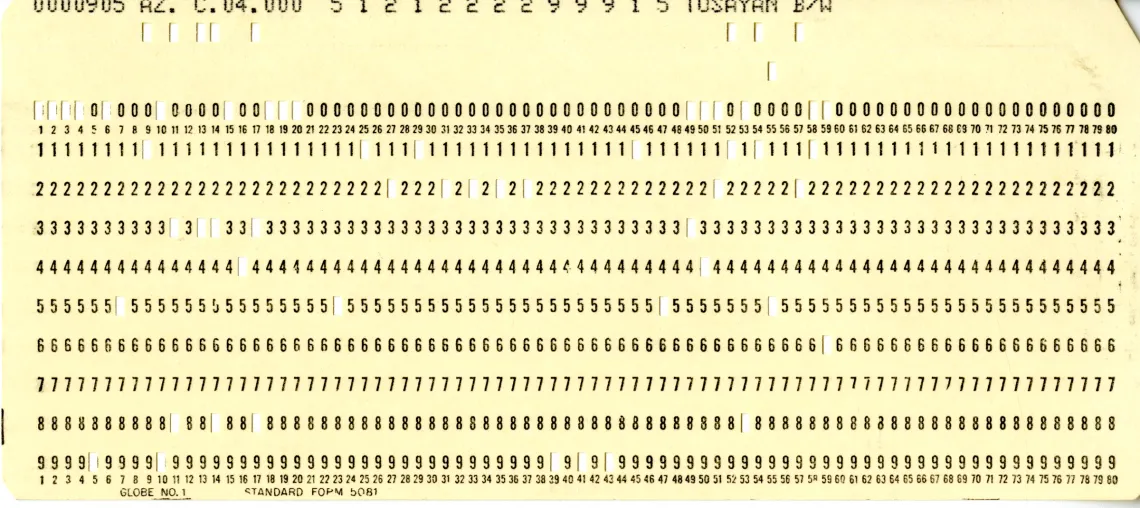
Keypunch Cards
Ca. 1980
Enlarge
Width: 7.4 in. (18.7 cm.), Height: 3.2 in. (8.2 cm.)
ASM Archaeological Repository Collection
Punched card technology was used to track and store data as far back as 1801, when J. M. Jacquard demonstrated the use of connected punched slats to “program” a design to be woven on a loom. Herman Hollerith advanced the technology using punched cards for the U.S. Census of 1890. Hollerith’s company later became IBM. Punched cards were easily adapted to archaeological data collection and analysis. The “poor man’s IBM” used inexpensive cards, a punch, and a sorting needle to group sets of data.
Later variations on this system used long rolls of punched paper tape which were read and sorted by a computer. Some ceramic analysis keypunch cards in the ASM collections have now become ciphers. The keys to their codes exist in the archives of the museum, but the rudimentary technology used to produce and read the cards has been lost. We no longer have the key punch machines, card readers, fill devices, or computers designed to process this kind of data.
References
Arthur, Linda Boynton
- 2013 The Hawaiian quilt: A Unique American Art Form. Island Heritage Publishing, Waipahu, HA.
Ciliberto, E. and G. Spoto
- 2000 Modern Analytical Methods in Art and Archaeology. John Wiley & Sons, New York.
Dittemore, Diane D. and Nancy Odegaard
- 1998 Eccentric Marks on Western Apache Coiled Basketry. American Indian Art Magazine 13(2): 34–43.
Fewkes, J. W.
- 1890 Archaeology and Ethnology: On the Use of the Phonograph Among the Zuni Indians. American Naturalist 24(283): 687–691.
Fish, Suzanne K. and Paul R. Fish (editors)
- 2007 The Hohokam Millennium. School for Advanced Research Press, Santa Fe, NM. See pp. 135–139 on calendar stick narration
Fox, Margalit
- 2013 The Riddle of the Labyrinth. Ecco Press, New York. [Tells the story of the decipherment of Linear B script.]
- 2013 Alice Kober, 43: Lost to History No More. New York Times Sunday Book Review, May 11, 2013. [biographical essay]
Morton, David L., Jr.
- 2004 Sound Recording: The Life Story of a Technology. Johns Hopkins University Press, Baltimore.
Nash, Stephen E., editor
- 2000 It’s About Time: A History of Archaeological Dating in North America. University of Utah Press, Salt Lake City.
Pope, Maurice
- 1975 The Story of Archaeological Decipherment: from Egyptian Hieroglyphs to Linear B. Scribner, New York.
Anonymous
- 2003 Archives Revive Interest in Forgotten Life. Austin American Statesman October 27, 2003, p. A9. [article discusses Alice Kober’s archive at the University of Texas, Austin]





